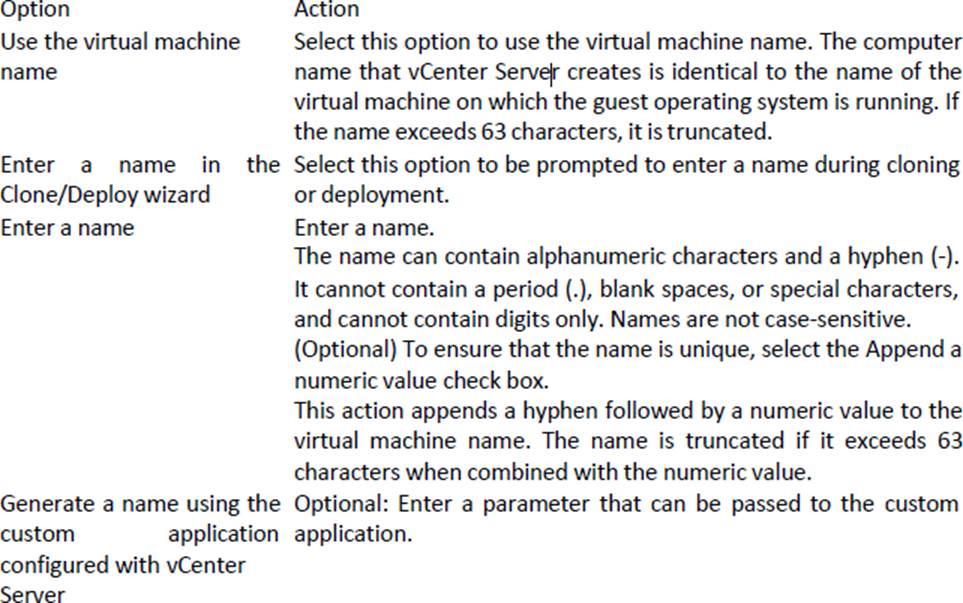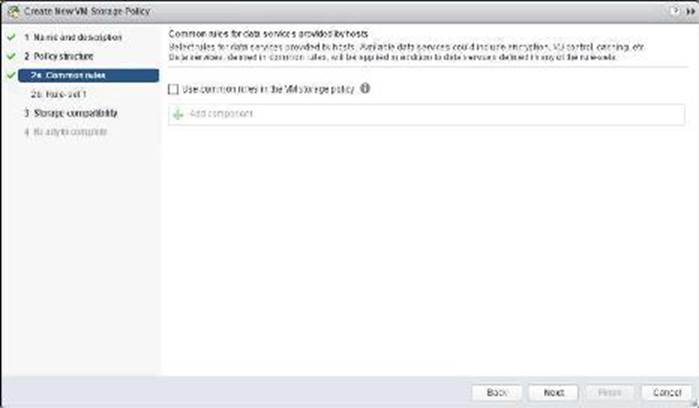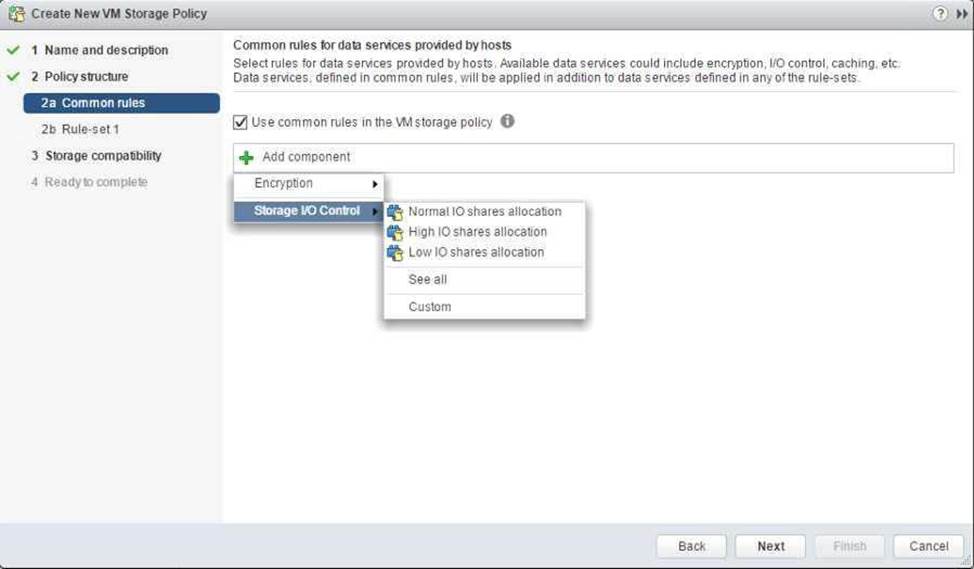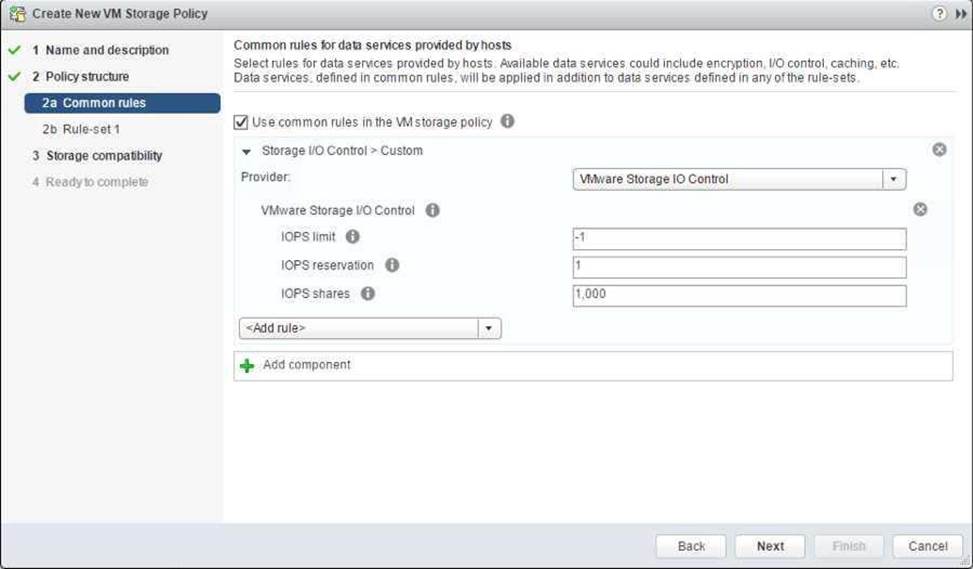VMware 3V0-22.21N Advanced Deploy VMware vSphere 7.x Online Training
VMware 3V0-22.21N Online Training
The questions for 3V0-22.21N were last updated at Apr 09,2025.
- Exam Code: 3V0-22.21N
- Exam Name: Advanced Deploy VMware vSphere 7.x
- Certification Provider: VMware
- Latest update: Apr 09,2025
You are tasked to automate the installation and deployment of new host added into your company vSphere cluster using Auto Deploy. Ensure Auto Deploy and Image Builder is set to start automatically every time vCenter Server is restarted. Use the web client and VCSA0la to perform this step.
Confirm that the auto deploy plugin is available in the web interface. You may be required to logout and log back in after enabling the services.
The vCenter server is required to retrieve software from an online depot. You are to use the depot provided below and ensure that Auto Deploy is always running even, with restart of vCenter server. Name FirstDepot
URL https / / hostupdate.vmware.com/software/VUB/PRODUCTION/main/vmw-depot-index.xml Note: ignore error that you received on cannot connect to depot. This is expected due to vCSA do not have internet connection.
Create a deploy Rule on VCSA0la based on information below. You do not need to apply to any host
at this time.
Name: Rule1
Specify Rule to match Vendor: Dell
Check ‘Do Not Include Image Profile"
Check ‘Do Not Include Host Profile"
Select host location: Choose cluster PROD-A
Your security team is getting ready for an audit and wants to check the status of all ESXI hosts’ outstanding security patches. Create a new fixed Update Manager baseline for all security ESXi host patches and name it ”Security patches. ”Use the patches available in the patch repository. Use VCSA01a in this task.
Baseline Name: Security Patches
Baseline Type: Host Patch
Category: Security
As a member of the virtual infrastructure team, you have been tasked with creating a new guest customization specification and deploying a test virtual machine from an existing legacy template migrated from an old VMware VI3 environment
To complete this task:
Deploy a new virtual machine with the name VM-GuestCust to esxi02a.vclass.local in cluster PROD-A
using the following details:
vCenter Server: vcsa01a.vdass.local
Datastore: ProdDS01
Template; Core-Template
The virtual machine requires an additional network card with the type VMXNET3.
Create a new Guest Customization Spec with the name Custom-Spec using the following details:
© Cust-Spec
Operating System: Windows Server 2008 R2
Registration Spec;
Name: vclass
Organization: VMware
The computer name must use the virtual machine name . Timezone must be set to America/Central Time
Network Specifications:
IPv4 and IPv6 are set to DHCP but require a static DNS entry of 172.20.10.10
The computer must join the domain vclass.local using the following credentials:
Username: administrator
Password: VMware1!
The company’s IT strategy is to adopt innovative and emerging technologies such as software-defined storage solution. The IT team has decided to run their business-critical workloads on an all-flash Virtual SAN (vSAN) as it provides excellent performance.
The IT team has purchased servers that are compatible with vSAN. However, all the solid-state drives (SSD) in the servers are shown incorrectly as hard-disk drives (HDD) instead.
In addition, some of the solid-state drives (SSD) will be used for other purposes instead of vSAN and should not be part of the vSAN cluster.
These are the requirements for the vSAN cluster:
• In each server, use the 3GB SSD as the cache tier and the 11GB SSD as the capacity tier
• As a result the vSAN cluster will use a total of six SSDs (three SSDs for caching and three SSDs for capacity
• Ensure all the disks that will be used for vSAN are shown correctly as SSDs
• Provide storage savings by using deduplication and compression.
Next, the IT team wants to improve the performance and availability of the business-critical workloads on the vSAN-datastore.
Ensure the following configurations will be applied on existing and new workloads located on vSAN-datastore:
Number of disk stripes per object: 2
Primary level of failures to tolerate: 2
Failure tolerance method: RAID-1 (Mirroring)
Force provisioning; Yes
The new configurations should be applied by default.
You may create new storage policy but do not edit the default vSAN storage policy as it may be used by other vSAN clusters in the future. Name the policy "New vSAN Default’. Nate-. All tasks should be executed in PROD-A host cluster.
Your storage administrator is concerned about a new application being deployed on virtual machine (SIOCVM) in your vSphere 7.x environment.
You’ve been asked to create and apply a storage policy to make sure that the SIOCVM virtual machine does not exceed 500 IOPS.
Note: Name the Storage Policy 500IOPSLimit
Latest 3V0-22.21N Dumps Valid Version with 17 Q&As
Latest And Valid Q&A | Instant Download | Once Fail, Full Refund







